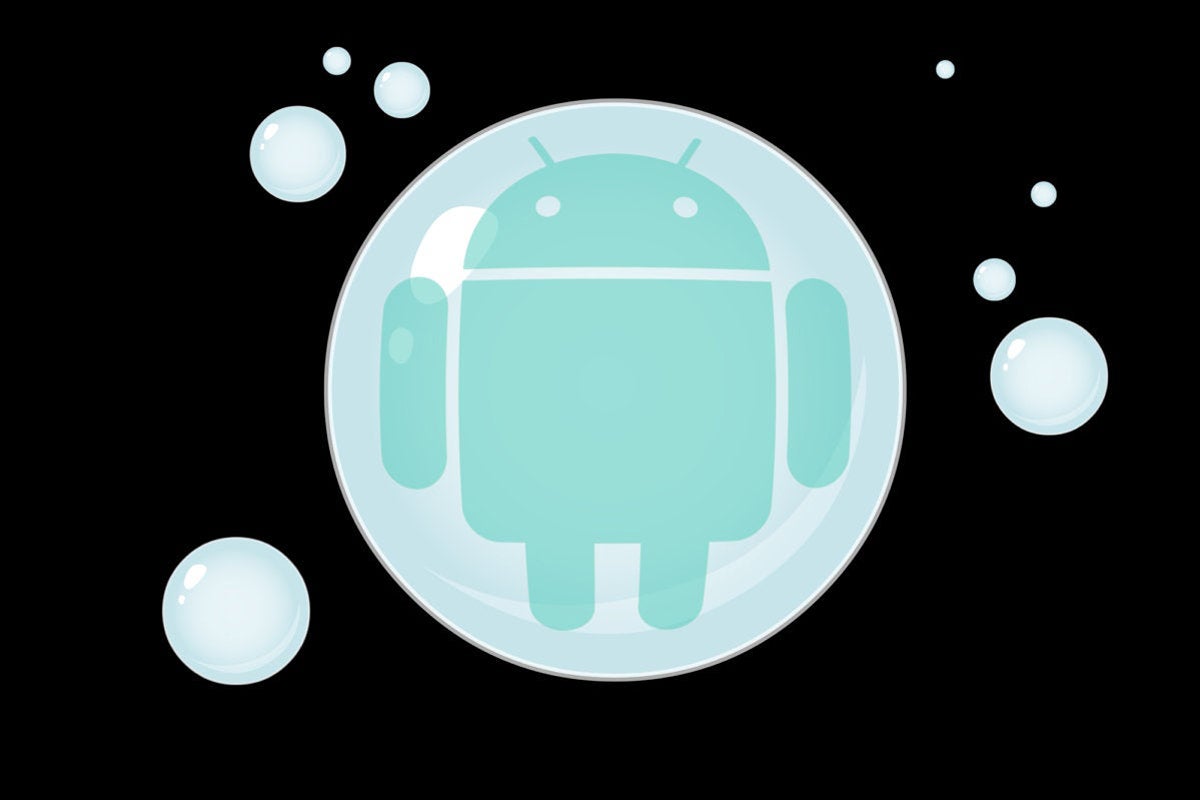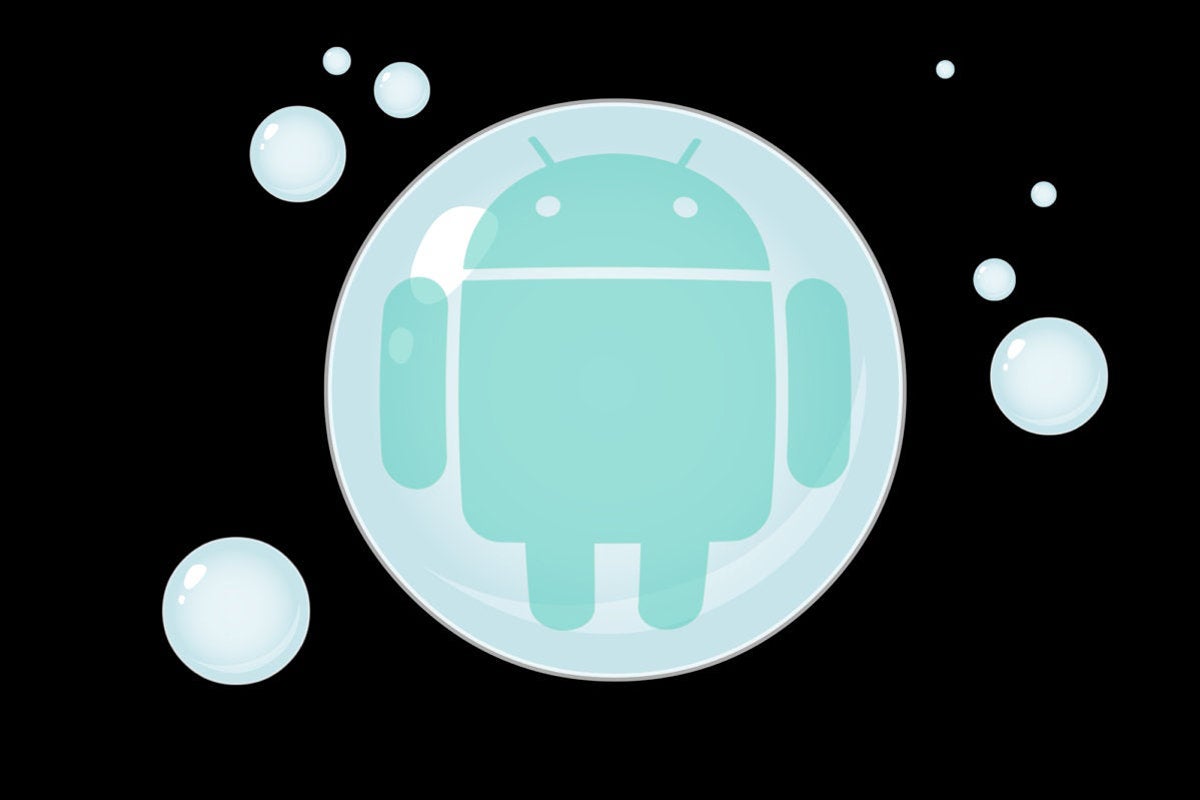When it comes to Google’s Android 12 update, most of our attention has revolved around the interesting improvements the software’s set to deliver. After all, from privacy enhancements to the surface-level interface progressions and the numerous small but significant touches, there’s certainly no shortage of shiny new things to focus on with this latest Android effort.
Amidst all of that, though, one factor that’s gone mostly unnoticed is a seemingly subtle shift in the way Google’s handling a core Android concept introduced just one year ago. It’s a system called Bubbles, and I’m growing increasingly concerned that Google’s ready to give up on it before it ever got the chance to shine.
Bubbles, if you don’t recall, was a promising-sounding new multitasking system we first heard about in 2019. It aimed to offer an easier way to interact with different apps and processes at the same time — something that could arguably be better suited for phone use than the software’s nice-in-theory but rarely-used-in-reality split-screen option.
With Android’s Bubbles setup, you could keep certain elements of apps readily available on your screen in a small floating circle — y’know, kind of like a bubble. (See what they did there?) You could then tap that bubble to expand the info into a window that’d float on top of whatever else you were looking at on your phone, then tap it again to condense it back down to that base bubble form.
Bubbles built upon the interface introduced by Facebook way back in Android’s prehistoric 2013 era. With Facebook, the bubbles were used for messaging, so you could keep conversations with high-priority people available and easily accessible for ongoing access. Other apps latched onto the concept around that same time, too — most prominently a power-user-beloved bubble-based web browser called Link Bubble. Remember that ol’ ditty?
With Bubbles, Google sought to standardize that concept. That way, in theory, even more apps could tap into that same sort of bubble-based interface without having to come up with their own code, and Google could provide a consistent, privacy-conscious standard that’d feel immediately familiar, no matter what app was involved.
That was the idea, anyway. At the time of Bubbles’ debut in 2020, I was cautiously hopeful we’d see Google lead by example and show all of Android’s developers the many ways an interface like this could be beneficial. Messaging is the most obvious implementation, of course, but beyond that, we could’ve seen the option to follow in Link Bubble’s footsteps and give us a way to blast a web page down into a floating bubble when needed. That’d make it delightfully easy to pull up and reference the page as you worked on an email related to it, for instance, or typed out a document describing it.
And that’s just the start of how a system like Bubbles could be beneficial. Imagine if an app like Google Keep had a way to break a specific note out into a persistent bubble so you could quickly pull it up and jot down thoughts while simultaneously doing other things on your phone — or periodically reference a list while you’re out and about or handling other work. From notes to translation tools, task lists, recipes, directions, documents, or emails (both ones you’re actively composing and ones you’ve received and want to keep referencing), there’s practically no limit to the ways this system could be put to smart use.
As an extraordinarily sharp and fresh-smelling writer put it many moons ago:
In the right sort of scenario, Android’s Bubbles system could lay the groundwork for a form of multitasking that actually makes sense from a smartphone perspective — a way to interact with multiple apps simultaneously without having to commit to the desktop-like (and often awkward-on-mobile) idea of splitting your screen in half in order to focus on multiple things.
Of note, that same stunning specimen followed that remark with this now-prophetic-feeling observation:
Of course, there’s the usual asterisk that applies to any new app-oriented Android system: How useful and successful Bubbles ends up being lies entirely in the hands of developers — both the independent creators and the big-company departments responsible for creating and maintaining all of the non-Google software we use on our devices. Android has a bit of a history of introducing promising-seeming concepts that fail to catch on because developers don’t bother embracing them — so intriguing as Bubbles may sound, only time will tell if and how it comes to life.
And that brings us to today. So far, Bubbles has amounted to, well, bupkis. A small handful of messaging apps allow you to use the interface — and that’s about it.
As far as I’m aware, precisely two Google-made apps have tapped into the Bubbles option: Messages, for obvious reasons, and then also the stock Google Phone app, which has been using Bubbles to indicate the presence of an ongoing call and allow you to adjust the call settings or end the call via an automatically appearing bubble.
With Android 12, that latter system seems to be leaving Bubbles behind and moving instead to a new status-bar-based chip system that serves the same basic purpose.
 JR
JR The Bubbles-free active call indicator in Android 12 — in the status bar, at left, and when expanded in the notification panel, at right.
I don’t necessarily know that either approach is inherently better. The Bubbles system never seemed especially well-suited to the Phone app purpose, if you ask me. But what jumps out to me about this is the fact that Google is already ditching Bubbles in one of its two self-made apps that had been using it — and if we look at Android’s history, such a move isn’t usually a great sign for the future of the associated system.
What makes matters worse is that in this case, Google never even fully embraced the idea itself — so it’s not entirely surprising that most third-party developers didn’t latch onto it, either. Google kept the guidelines for what Bubbles could do pretty limited from the get-go, and with the company seemingly inching away from it already, it’s tough not to wonder if Bubbles’ days are numbered. This certainly wouldn’t be the first time Google has pivoted away from an idea a mere year after introducing it, nor is it anywhere near the first time the company’s quietly pushed a feature out of the foreground and then let it collect dust for a while before eventually eliminating it.
So far, there’s no denying the fact that Bubbles hasn’t blossomed into an especially useful Android feature. And I’d imagine it hasn’t been warmly embraced or widely adopted by most Android-carrying Homo sapiens, either. At the same time, though, it’s very much a chicken and egg sort of situation. And when Google hasn’t shown developers or Android device-owners all the ways Bubbles could be useful, it only follows that no interesting or inspiring implementations have arrived.
Google has a bit of an unfortunate history with introducing promising-sounding new Android concepts and then failing to lead by example and get the developer community to embrace ’em. With this subtle-seeming shift surrounding Bubbles in Android 12, I can’t help but wonder if this is the next once-promising innovation that’s destined to face extinction before ever getting the chance to thrive.
Want even more Googley knowledge? Sign up for my weekly newsletter to get next-level tips and insight delivered directly to your inbox.




